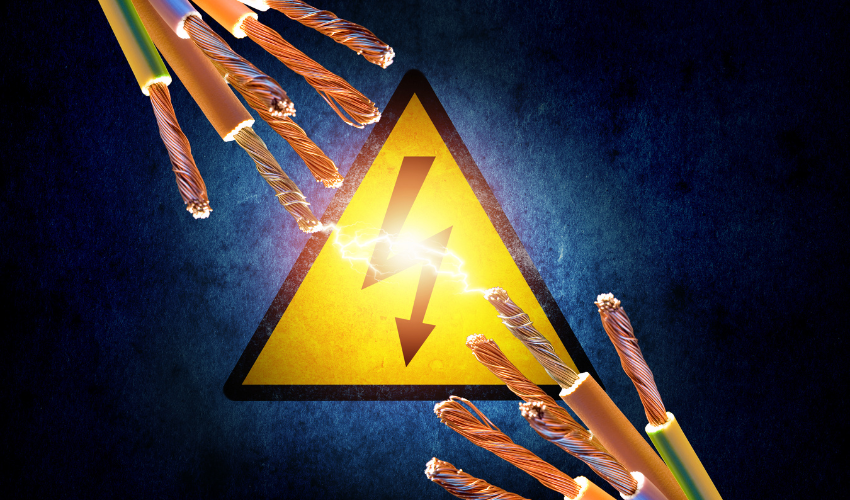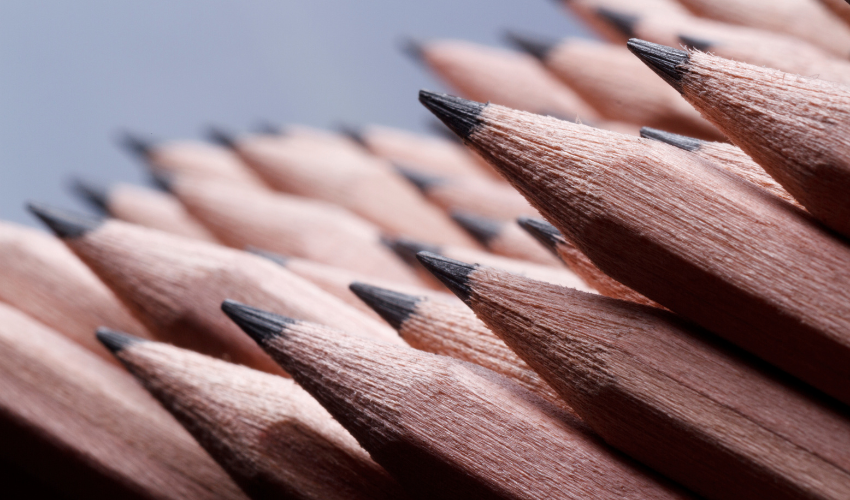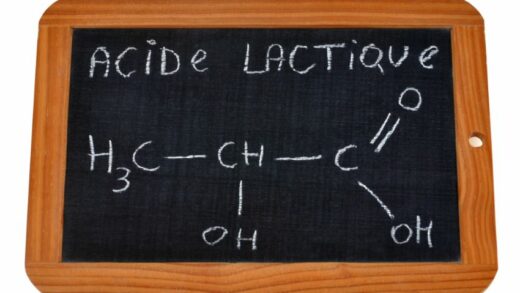Electricity powers our world, from the lights in our homes to the gadgets in our pockets. But have you ever wondered what makes it all possible? The answer lies in materials that conduct electricity. In this article, we will explore which materials conduct electricity and how they work.
What is conductivity?
Conductivity is the measure of a material’s ability to conduct electrical current. It is typically measured in Siemens per meter (S/m). Conductivity is affected by factors such as temperature, impurities, and structure. A material with high conductivity has low resistance and allows for the easy flow of electrical current.

How Does It Work?
Electricity is the flow of electric charge through a material. Electric charge is a fundamental property of matter and can be either positive or negative. In conductive materials, such as metals, there are free electrons that can move easily between atoms when a voltage is applied. These electrons carry a negative charge and are responsible for the flow of current.
When a voltage is applied across a conductor, the free electrons move towards the positive terminal, creating an electric current. The amount of current that flows is determined by the voltage applied and the resistance of the material. The resistance is a measure of how difficult it is for the electrons to move through the material.
Different materials have different levels of conductivity, which determines how well they conduct electricity. Metals are generally good conductors of electricity because they have a high number of free electrons that can move easily through the material. Nonmetals, on the other hand, generally have a low number of free electrons and are poor conductors of electricity.
Factors Affecting Conductivity
The conductivity of a material is affected by a number of factors. Some of these factors include:
- Temperature – The conductivity of most materials decreases as the temperature increases. This is because the increased temperature causes the atoms to vibrate more, which makes it harder for the free electrons to move through the material.
- Impurities – Impurities in a material can affect its conductivity. For example, adding impurities to a semiconductor can change its electrical properties and make it more conductive.
- Crystal Structure – The crystal structure of a material can also affect its conductivity. For example, graphite has a layered crystal structure that allows the electrons to move more easily between the layers, making it a good conductor of electricity.
- Thickness – The thickness of a material can affect its conductivity. Thicker materials generally have a higher resistance, which makes it harder for the electrons to move through the material.
Conductive materials: Metals and alloys

Metals are some of the most conductive materials, with high conductivity and low resistance. Copper, silver, and aluminum are some of the most commonly used conductors in electrical systems. Alloys such as brass, bronze, and steel also have good conductivity and are often used in electrical applications.
Graphite: A unique conductor

Although graphite is not a metal, it has a unique atomic structure that allows it to conduct electricity. Graphite is made up of layers of carbon atoms that are held together by weak bonds, allowing electrons to move freely through the material. This makes it an excellent conductor of electricity and is often used in applications such as electrodes.
Electrolytes: Conductive liquids
Electrolytes are conductive liquids that allow for the movement of ions rather than free electrons. When a voltage is applied, these ions move, creating an electric current. Examples of electrolytes include saltwater and acid, and they are often used in batteries and other electrical systems.
Insulators: Materials that do not conduct electricity
Insulators are materials that do not allow for the flow of electrons and have a high resistance. Rubber, glass, and plastic are common insulators that are often used in electrical applications to prevent electrical shock and to protect against damage to electrical components.
Bullet Points
- Conductivity is the measure of a material’s ability to conduct electrical current
- Metals such as copper, silver, and aluminum are excellent conductors of electricity
- Alloys such as brass, bronze, and steel also have good conductivity
- Graphite is a unique non-metallic conductor due to its atomic structure
- Electrolytes, such as saltwater and acid, are conductive liquids that allow for the movement of ions
- Insulators such as rubber, glass, and plastic do not allow for the flow of electrons and have high resistance
FAQs
What are some applications of conductive materials?
Conductive materials are used in a wide range of applications, including electrical wiring, electronic devices, and circuit boards.
Can an insulator become conductive?
Yes, an insulator can become conductive if it is exposed to a high enough voltage or if it is damaged in some way.
What is the difference between conductors and insulators?
Conductors are materials that allow electricity to flow through them easily, while insulators are materials that do not allow electricity to flow through them easily.
Are all metals good conductors of electricity?
Most metals are good conductors of electricity because they have a high number of free electrons that can move easily through the material. However, some metals are better conductors than others.
Can nonmetals conduct electricity?
Most nonmetals are poor conductors of electricity because they have a low number of free electrons that cannot move easily through the material.
What factors affect conductivity?
Conductivity is affected by factors such as temperature, impurities, and structure. A material with high conductivity has low resistance and allows for the easy flow of electrical current.
Conclusion
In conclusion, understanding which materials conduct electricity and how they work is essential to understanding the science behind electrical systems. From metals to electrolytes, different materials have different levels of conductivity and can be used in a variety of applications. Whether you are an engineer or simply curious about the world around you, exploring conductivity and conductors is a fascinating journey into the world of electricity.






















